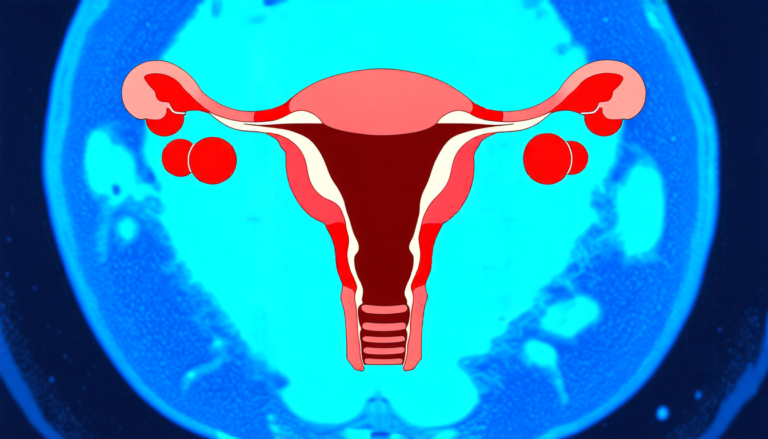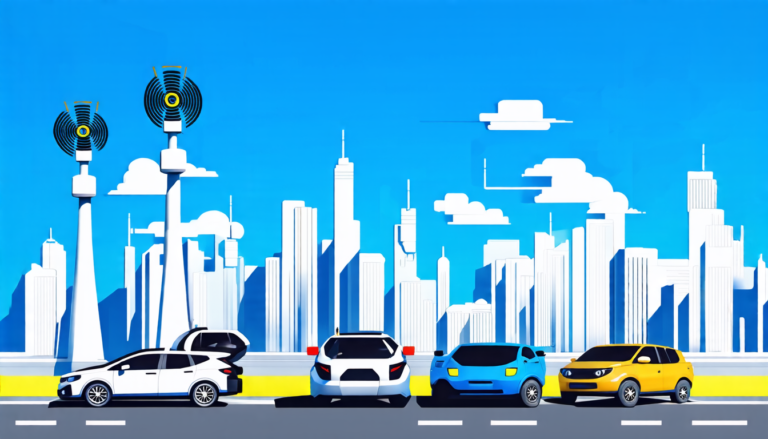Tuesday 08 April 2025
Scientists have long struggled to accurately measure the tiny movements of the heart, a crucial step in diagnosing and treating cardiovascular diseases. One major challenge is motion correction, which involves aligning different images of the heart taken at various points during its beat. A team of researchers has now developed a new approach that uses machine learning to improve the accuracy of motion correction, potentially leading to better diagnoses and treatments.
The heart’s movements are incredibly small – just a few millimeters – but they’re crucial for understanding cardiac function. To capture these movements, doctors use magnetic resonance imaging (MRI) machines, which take multiple images of the heart over time. But because the heart is constantly moving, aligning these images can be like trying to piece together a puzzle with missing pieces.
Traditional methods for motion correction involve using complex algorithms to analyze the images and adjust them accordingly. However, these approaches often struggle to accurately capture the subtleties of the heart’s movement. That’s where machine learning comes in.
The researchers developed a new approach that uses deep learning techniques to improve motion correction. They trained their algorithm on a large dataset of MRI images, teaching it to recognize patterns and relationships between different parts of the heart. This allowed the algorithm to make more accurate predictions about how the heart would move over time.
To test their approach, the team used it to analyze a set of MRI images taken from patients with known cardiovascular conditions. They compared these results to those obtained using traditional motion correction methods and found that their new approach was significantly more accurate.
The potential implications of this research are huge. By improving the accuracy of motion correction, doctors may be able to better diagnose and treat cardiovascular diseases, potentially leading to improved patient outcomes. The researchers also hope to apply their technique to other areas of medical imaging, such as lung or brain scans.
One major advantage of this approach is that it’s relatively easy to implement – all you need is a standard MRI machine and a computer with powerful processing capabilities. This could make it accessible to hospitals and research institutions around the world, potentially leading to more widespread adoption and improved patient care.
Of course, there are still many challenges to overcome before this technology can be widely used in clinical settings. For example, the researchers will need to test their approach on a larger scale and validate its accuracy against other methods. But with further development and refinement, this machine learning-based motion correction technique has the potential to revolutionize our ability to understand and diagnose cardiovascular disease.
Cite this article: “Unreliable Metrics: The Hidden Dangers of Fitting Error in Motion Correction Algorithms”, The Science Archive, 2025.
Here Is The List Of Keywords: Machine Learning, Mri, Motion Correction, Cardiovascular Diseases, Deep Learning, Medical Imaging, Heart Movements, Algorithm, Pattern Recognition, Patient Outcomes







